Painting a pool is a significant maintenance project that not only enhances its aesthetic appeal but also extends its lifespan. The costs for this project vary based on pool size, paint type, and labor expenses. During this discussion, we will analyze these factors to calculate a comprehensive estimate of the expenses involved in painting a pool. This will assist you in effectively budgeting for this significant renovation project.
What Can Increase the Cost of Painting Your Pool?
Various factors can contribute to an escalation in the expenses associated with painting your pool. The size of the pool is a key factor in determining the price.
For instance, premium quality paints are typically more expensive than their basic counterparts, but they offer greater durability and longevity.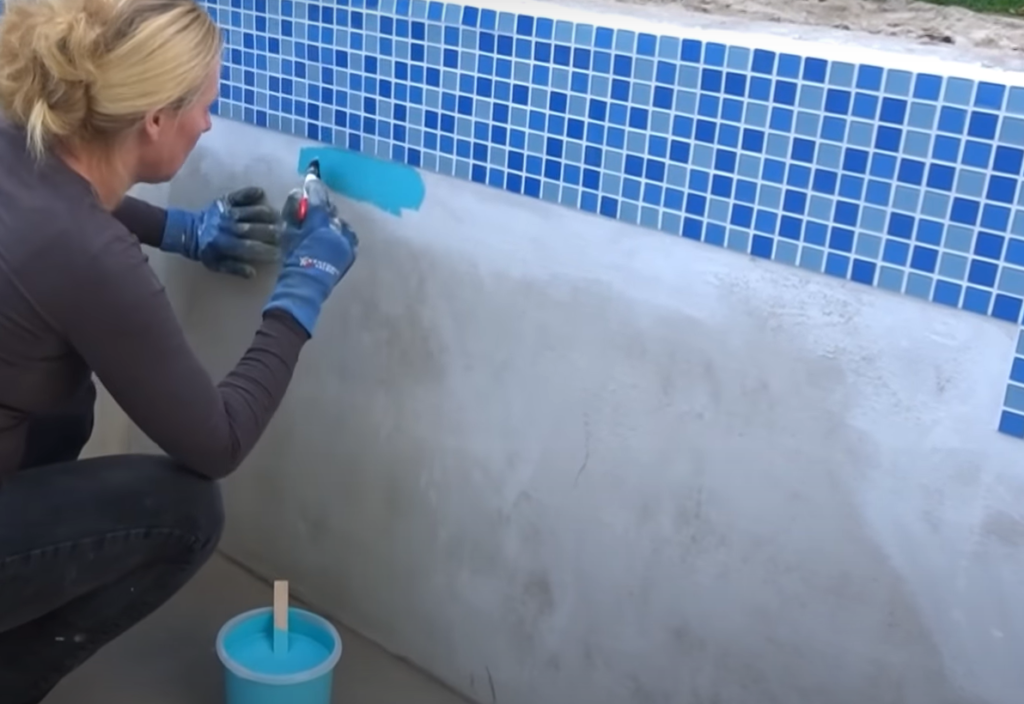
Thirdly, if your pool requires any preparation work such as cleaning, repairing, or primer application, these additional steps will add to the overall cost. Finally, labor costs vary based on job complexity and professional rates.
What Is the Preparation Cost for Painting a Pool?
Preparation costs for painting a pool can greatly impact the budget. These costs typically include cleaning, repair, and priming expenses. The pool should be thoroughly cleaned to remove debris, algae, or loose paint. The cost of this process can range from $100 to $300, depending on the pool’s condition. Repair costs are contingent on the extent and nature of the damage. Minor crack repairs can cost as low as $50, while major repairs could reach up to $1,000. Priming, a necessary step for some types of paints, can add an additional $200-$400 to your budget. It’s crucial to remember that these costs are merely estimates, and actual prices can vary based on different factors like regional pricing trends and the specific needs of your pool. [1]
How Much Does It Cost to Paint a Pool?
The cost of painting a pool can range from $500 to $3,500, depending on the pool size and paint type used.
The size of the pool
The pool’s dimensions greatly affect the painting project’s total cost. A bigger pool necessitates a greater amount of paint and labor hours, subsequently leading to an increase in the overall cost. For a standard paint job, anticipate using around $10 to $15 worth of paint per square foot. For instance, an average-sized pool of 800 square feet may require paint costing between $8,000 and $12,000. However, bear in mind that these are rough estimates and prices can vary based on the specifics of the project and the regional cost differences.
Condition of the surface
The pool’s surface condition affects painting costs. If a pool surface is well-maintained and only requires a fresh layer of paint, costs will be considerably less than a surface requiring extensive repair. A surface with damage, such as cracks, chips, or peeling paint, will need additional work before the new paint can be applied. This could include sanding, filling in cracks, or even re-plastering, which can significantly increase the overall cost. A pool in poor condition could add an extra $500 to $2,000 to the painting project cost, depending on the severity and extent of the damage. Before embarking on a pool painting project, it is prudent to carefully assess the condition of the pool surface and consider its impact on your budget. [2]
Type of paint used
The choice of paint used is a crucial factor in determining the overall cost of your pool painting project. In general, there are three types of pool paint: epoxy, acrylic, and chlorinated rubber. Epoxy paint, renowned for its exceptional durability and ability to withstand pool chemicals and UV rays, commands the highest price in the market. It can cost anywhere from $60-$125 per gallon.
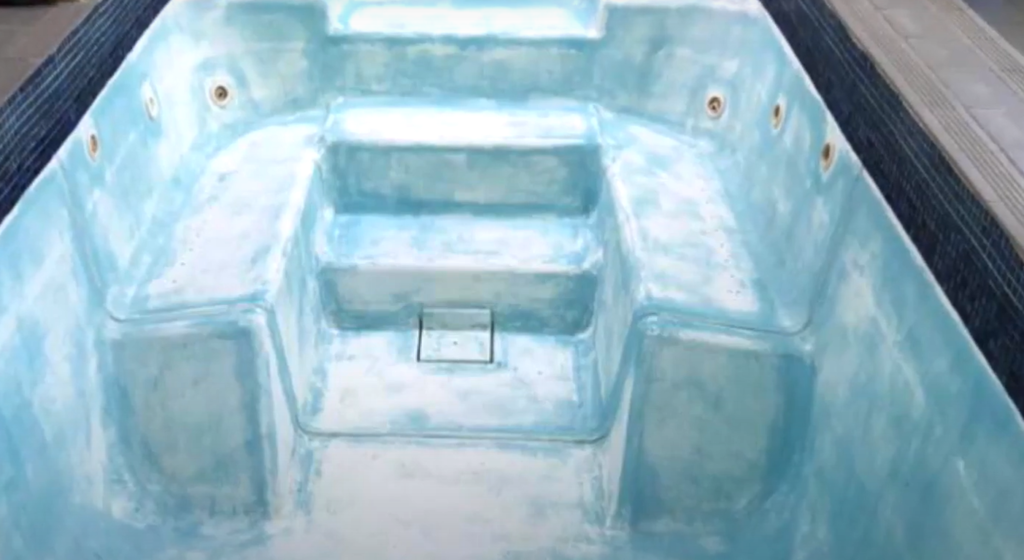
Acrylic paint, while not as durable as epoxy, is easier to apply and is generally less expensive, typically ranging from $40-$60 per gallon. Chlorinated rubber paint has moderate durability and costs between $40-$70 a gallon. Do remember that these are average prices and actual costs can vary based on brand, quality, and local market factors. When selecting the type of paint, consider the long-term maintenance and durability along with the initial cost.
Can I Paint a Pool Myself?
Painting a pool is a task you can undertake yourself, given you have the right tools and a good understanding of the process. This do-it-yourself (DIY) project offers a cost-effective alternative to hiring professional pool painting services, helping you save on labor expenses. However, keep in mind that it’s a labor-intensive job that requires proper preparation and patience.
Any damage or rough spots will need to be repaired and sanded down for a smooth surface. The paint needs to be applied in multiple layers, allowing adequate drying time between each one. Safety concerns, such as working with chemicals or the potential hazards of working in a deep, empty pool, should also be considered. If you’re comfortable with all of these aspects, you could certainly paint your pool yourself. [3]How Much Does It Cost to Paint a Pool by a Professional?
The cost of hiring a professional painter to paint a pool can vary significantly based on factors such as the pool’s size and condition, the type of paint utilized, and regional variations in labor rates. On average, however, you can expect to pay between $2,000 and $5,000 for a professional pool painting job. This price range includes labor and materials, and is based on the assumption that your pool is in good condition and does not require extensive repairs before painting. It’s important to note that this is a ballpark range, and costs may go up if your pool is exceptionally large, requires repairs, is difficult to access, or if you choose a more expensive type of paint. Additionally, professionals bring in their expertise, ensuring a high-quality finish, which is a critical consideration when weighing the costs. It’s advisable to obtain multiple quotes from different professionals to get a more accurate estimate for your specific pool painting project.
DIY Pool Painting: Pros and Cons
There are both advantages and disadvantages associated with DIY pool painting.
Pros of DIY Pool Painting
- Cost Savings: One of the most obvious benefits of DIY pool painting is the potential for cost savings. By taking on the task yourself, you can save on labor costs associated with hiring professionals.
- Flexibility: Doing it yourself also gives you the flexibility to work at your own pace and schedule the project according to your convenience.
Cons of DIY Pool Painting
- Time-Consuming: Nevertheless, painting your own pool can be a laborious and time-intensive endeavor. Properly preparing the pool is essential, involving thorough cleaning, draining, and repairing the surface. The painting process consists of multiple stages, with necessary drying time in between each.
- Lack of Professional Expertise: Without the right expertise, you may end up with a finish that’s not as smooth or durable as a professional job. This could lead to increased maintenance costs in the future.
- Safety Concerns: Lastly, safety concerns are another drawback of DIY pool painting. Handling pool paint and chemicals requires caution, and the process can involve working in a deep, empty pool, which has inherent risks. [4]
Professional Pool Paint: Pros and Cons
Similar to painting your pool yourself, there are both pros and cons to hiring a professional to do the job.
Pros of Professional Pool Painting
- Expert Quality: The most significant benefit of hiring a professional is the quality of work. Experienced and skilled professionals specialize in the meticulous preparation and painting of pools, guaranteeing a flawlessly smooth and enduring finish.
- Time Savings: Professional painters can complete the job faster than a DIY-er due to their experience and access to professional-grade tools. This speed allows you to enjoy your refreshed pool sooner.
- Safety: Pros handle all the safety risks, including dealing with pool chemicals and working in an empty pool, giving you peace of mind.
Cons of Professional Pool Painting
- Higher Upfront Costs: Hiring a professional can be more expensive upfront, primarily due to labor costs. However, the potential for a higher quality finish and fewer repairs in the future may offset this.
- Scheduling: You’ll need to work with the professional’s schedule, which may not always align with your ideal timeline.
How Long Does It Take to Paint a Pool?
The time to paint a pool varies based on size, surface condition, and DIY vs professional. If you decide to tackle it on your own, be prepared for a time commitment of several days to a week.
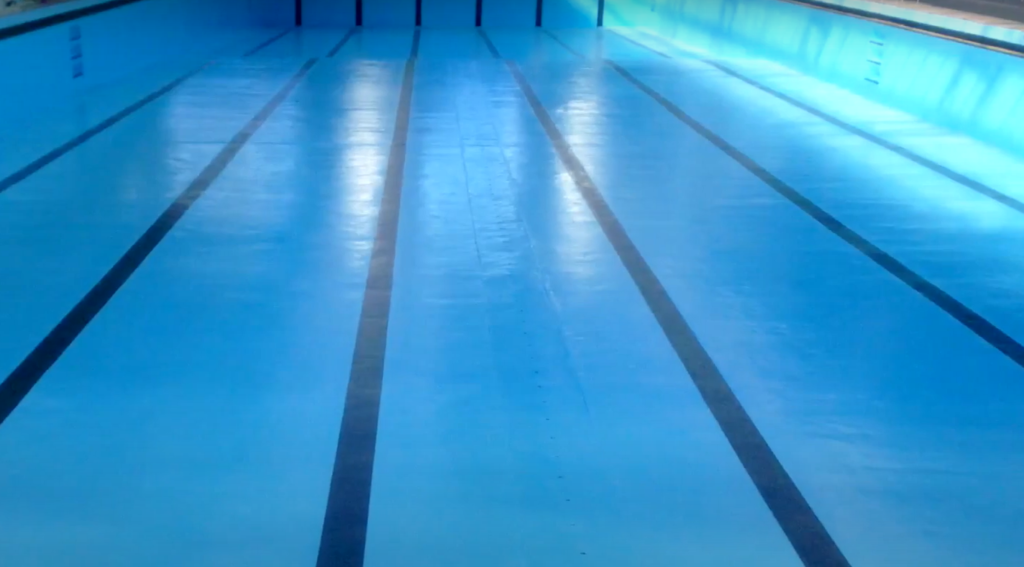
This includes preparing by draining and cleaning the pool, making repairs as needed, and ensuring it is fully dry before painting. The process of painting itself typically spans a few days, as it encompasses the application of multiple paint layers with necessary drying intervals between each layer. If a professional is doing the job, it may be completed in less time, perhaps two to four days, due to their experience and efficiency.
How Long Will Pool Paint Last?
The durability of pool paint can vary greatly, influenced by various factors such as the type of paint, pool usage, weather conditions, and the quality of the application.
Acrylic paints, on the other hand, usually have a lifespan of 2 to 3 years, but they are easier to apply and dry more quickly. Rubber-based paints, commonly utilized for concrete and plaster pools, boast a lifespan ranging from 3 to 5 years. It’s important to note that these are general estimates, and the actual lifespan of your pool paint can be shorter or longer based on a variety of factors.[5]FAQ
How much does it cost to paint a pool with epoxy?
The cost to paint a pool with epoxy can vary based on numerous factors, including the size of your pool and the brand of epoxy paint you choose. On average, epoxy paint costs between $60 to $120 per gallon, and you’ll typically need around 3 to 5 gallons for an average-sized pool. That brings the cost of materials to approximately $180 to $600. If you are hiring a professional to complete the work, labor costs can add an additional $500 to $1000 to the total price. Therefore, on average, you might expect to pay anywhere from $680 to $1600 to paint your pool with epoxy. These are approximate figures, however, and your costs could be higher or lower depending on your specific circumstances.
How often should a pool be painted?
The frequency of pool repainting depends on several factors, most notably the type of paint used and the pool’s usage and maintenance.
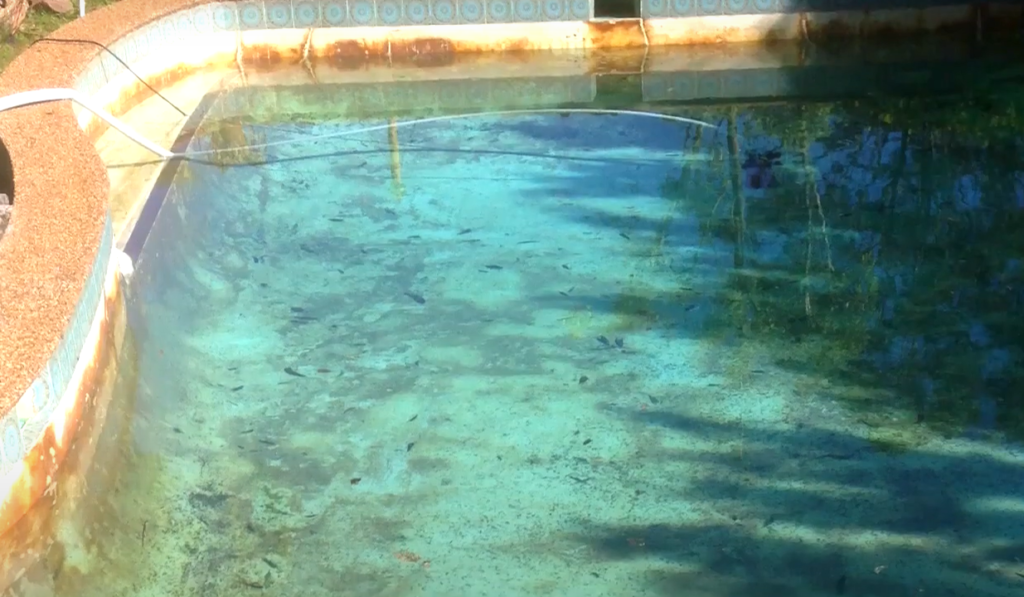
As a general guideline, pools painted with acrylic paint may need to be repainted every 2 to 3 years. Epoxy-painted pools, known for their durability, can last between 7 to 10 years before needing a fresh coat of paint. Pools painted with rubber-based paint usually require repainting every 3 to 5 years. However, these are just approximations. Regular pool maintenance, balanced chemical levels, and moderate use can extend the lifespan of your pool paint job.
What are the cons of painting a pool?
While painting a pool offers many benefits such as enhancing its appearance and protecting its surface, there are some potential downsides to consider. First off, the preparation process for painting can be labor-intensive and time-consuming. It involves draining the pool, cleaning it thoroughly, making any necessary repairs, and allowing it to dry completely. Moreover, some types of pool paint, like epoxy, require multiple coats and considerable drying time in between, extending the total project duration. Pools painted with lower-quality paint or in harsh weather conditions may also need more frequent repainting, adding to the long-term maintenance cost. Lastly, while DIY painting can save on labor costs, improper application can lead to peeling, chipping, or uneven color that can negatively impact the pool’s aesthetics.
Can I paint my own pool?
Yes, you can paint your own pool; however, it’s important to understand that it’s a significant undertaking that requires careful preparation and patience. The process includes draining and thoroughly cleaning the pool, making necessary repairs, ensuring the pool is completely dry, and then applying multiple coats of paint, allowing ample drying time between coats. It’s also crucial to select the right type of paint for your pool’s material and to take safety precautions, especially when working with chemicals. While painting your own pool can save on professional labor costs, it’s a labor-intensive job that requires a good deal of time. If not done properly, it can lead to problems like peeling or chipping paint which may require professional correction.
What if it rains after I paint my pool?
If it rains after you’ve painted your pool, it could potentially cause issues depending on the type of paint used and how far along the drying process was before it started raining. Rain can dilute or wash away wet paint, leading to uneven color or coverage and potentially causing it to peel or chip prematurely. It could also trap moisture between the paint and the pool surface, which can lead to bubbling or blistering as the trapped moisture tries to escape.
Is it better to paint or resurface a pool?
The decision to paint or resurface a pool largely depends on the pool’s current condition and your budget. Painting is generally a cheaper and quicker solution, ideal for pools in good condition needing an upgrade in aesthetics or a fresh coat due to wear. Paint can offer protection to your pool’s surface and enhance its look, but it’s a temporary solution and may need to be redone every 2-10 years depending on the type of paint used.
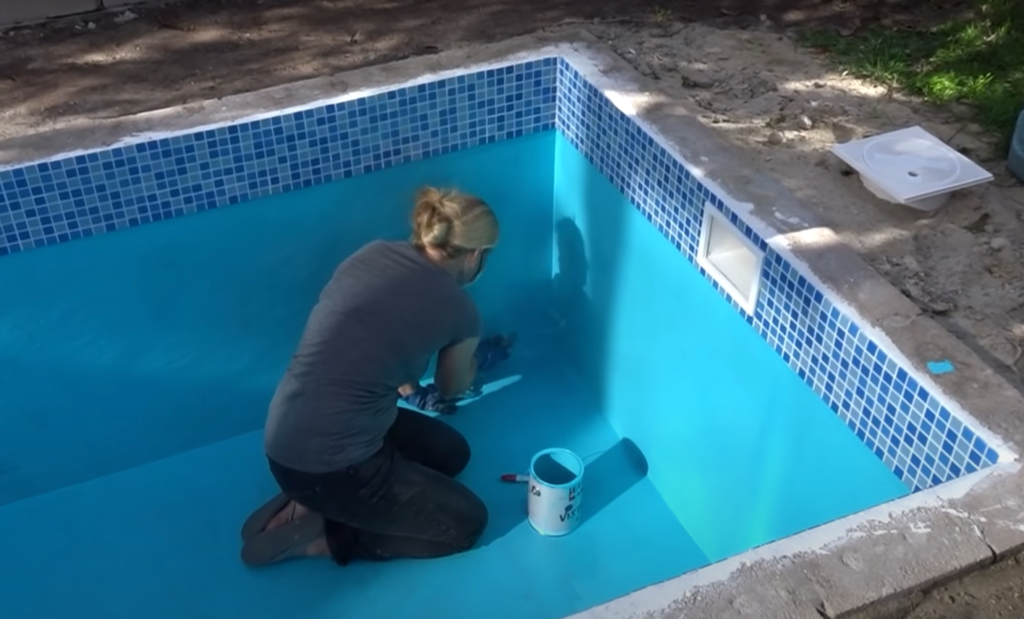
Resurfacing, on the other hand, is a more long-lasting solution. It involves replacing the entire pool surface and can significantly extend the pool’s lifespan. Resurfacing is beneficial for older pools with significant wear and tear, structural damage, or persistent issues like leaks. It can also upgrade your pool with a modern, durable finish such as pebble or quartz.
Can you paint a full pool?
Yes, it’s possible to paint a full pool. The process involves several steps and it’s essential to follow them meticulously to ensure a smooth, even finish. After emptying the pool, you’ll need to scrub and clean it thoroughly to remove any algae, dirt or previous loose paint. After cleaning, any repairs should be made to the surface, such as filling in cracks or smoothing rough patches. You’ll then need to apply a primer (if necessary based on the type of paint you’re using) and allow it to dry fully before proceeding. The paint can then be applied, starting with the edges and moving towards the center. Depending on the type of paint, multiple coats may be necessary. Each coat will need time to dry completely before the next is applied. It’s a labor-intensive process that requires attention to detail and patience.
What is the cheapest way to resurface a pool?
The cheapest way to resurface a pool largely depends on the material your pool is made of. For concrete or plaster pools, painting with pool paint is the most cost-effective option. Although it’s not a long-term solution and may need to be redone every few years, it can refresh your pool’s appearance significantly. For fiberglass pools, a DIY gelcoat repair kit might be the cheapest option – these can fix minor cracks or blisters. For vinyl liner pools, replacing the liner is usually the most affordable solution.
How many coats of paint does a pool need?
The number of coats of paint a pool requires largely depends on the type of paint and the pool’s condition. Generally, two coats of paint are recommended for a smooth, uniform finish. The first coat penetrates and seals the surface, while the second coat provides the color, texture, and protective layer. However, if the paint is thin, or if the pool’s surface is rough or porous, additional coats may be necessary. Always refer to the manufacturer’s instructions to ensure you’re applying the correct amount of paint. It’s essential to allow each coat to dry thoroughly before applying the next to prevent issues like peeling, blistering, or uneven color.
Is epoxy more expensive than paint?
Yes, epoxy is generally more expensive than traditional pool paint. This is due to its superior durability, longevity, and resistance to chemicals and UV radiation.
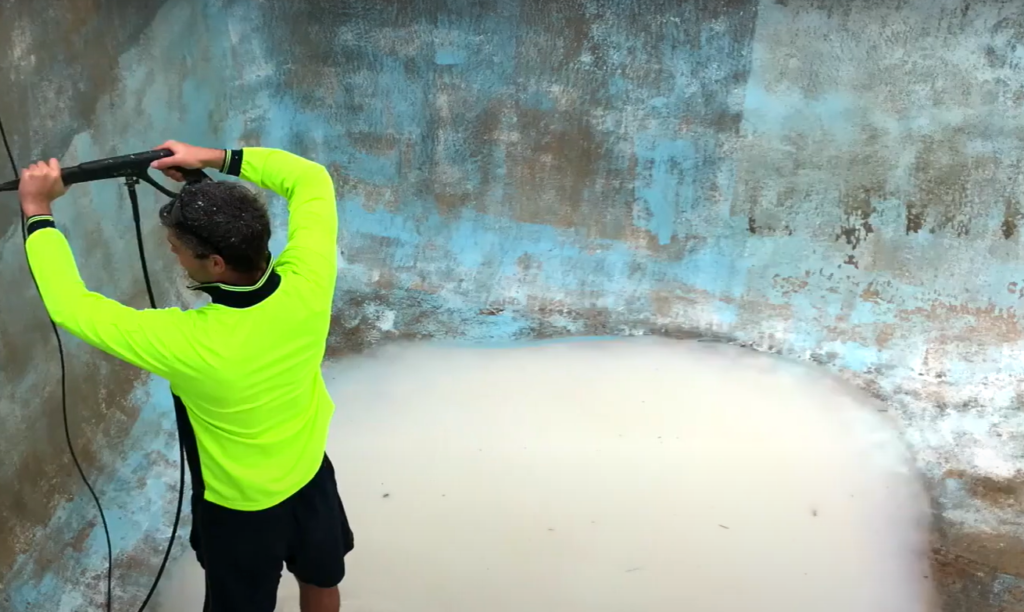
Epoxy can last up to 7 to 10 years before requiring a repaint, making it a more cost-effective choice in the long run despite the initial higher cost. However, the exact cost comparison will depend on the specific brands and types of epoxy and paint you’re considering. It’s always recommended to consider both the upfront and long-term costs in your decision, as well as other factors such as the current condition of your pool and your maintenance preferences.
Useful Video: Everything You Need to Know About Pool Paint | PAINTING YOUR POOL
Conclusion
Painting or resurfacing your pool is a significant decision that requires thoughtful consideration of factors such as cost, materials, your pool’s condition, and your long-term maintenance preferences. While painting is a cost-effective and quick solution for pools in good shape, resurfacing provides a more durable, long-term solution for older pools or those with significant damage. Ensure to always consult with a professional to make the decision that best suits your specific situation.
References:
- https://paintzeal.com/how-much-does-it-cost-to-paint-a-pool/#google_vignette
- https://www.service.com.au/articles/painters/how-much-does-it-cost-to-paint-a-pool
- https://www.homewyse.com/services/cost_to_paint_pool.html
- https://www.paintfits.com/how-much-does-it-cost-to-paint-a-pool/
- https://pro.porch.com/project-cost/cost-to-paint-a-pool

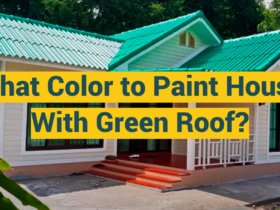
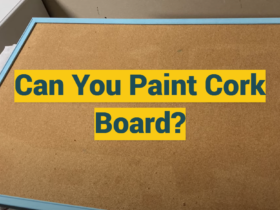
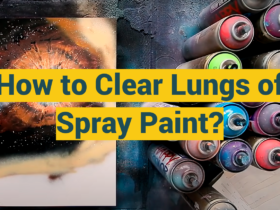
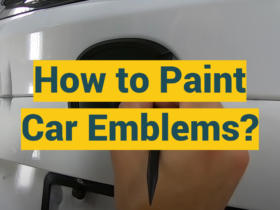
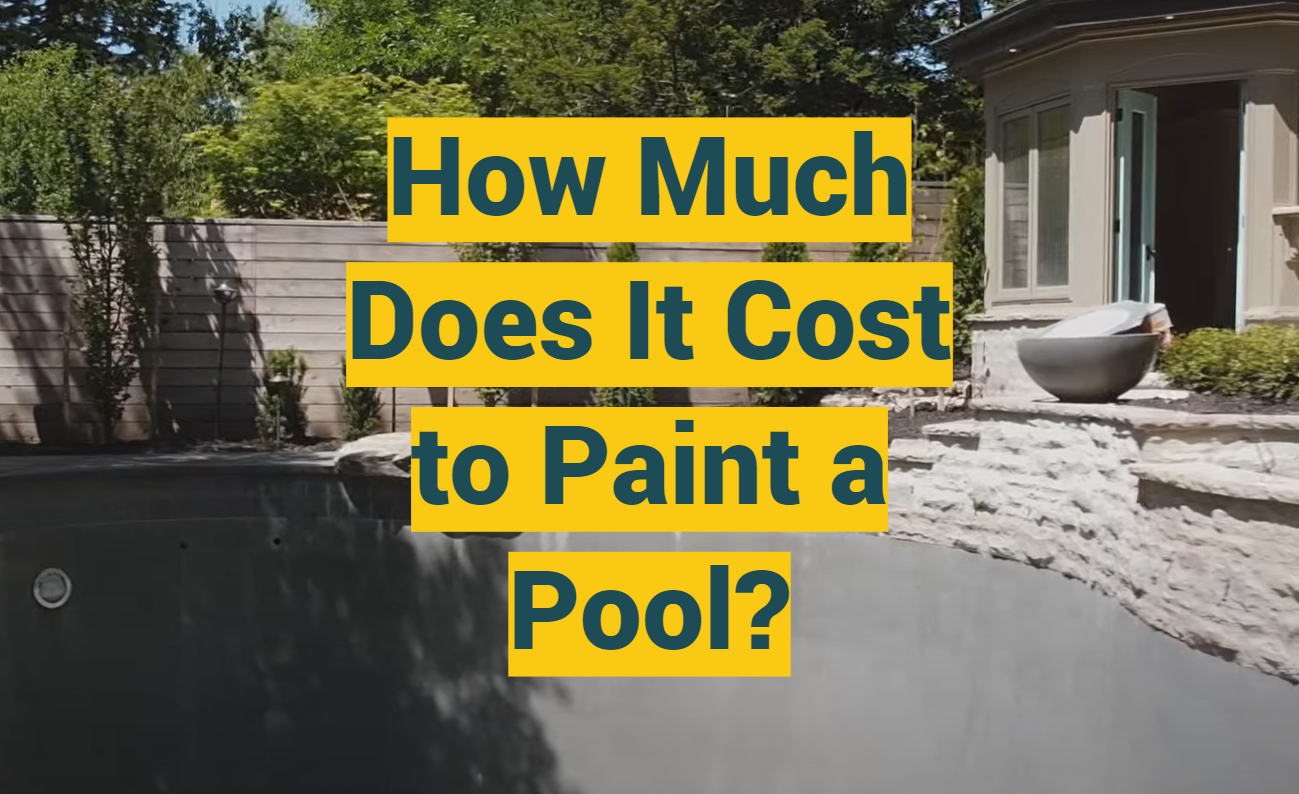
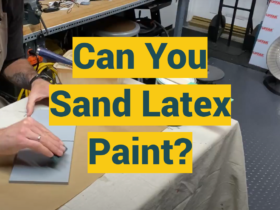


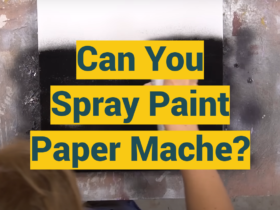
Leave a Review